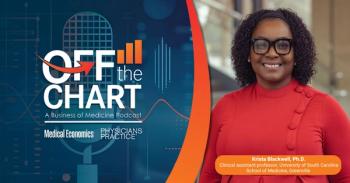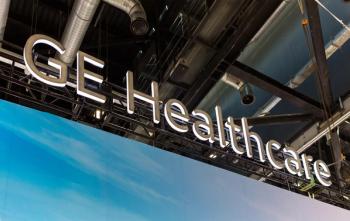
No Surprises Act cut patients’ out-of-pocket costs by about $600 a year
Key Takeaways
- The No Surprises Act reduced out-of-pocket expenses by $567 annually in newly covered states, but premiums and high-burden costs remained unchanged.
- Arbitration under the law often favors providers, potentially explaining the lack of premium savings despite reduced surprise billing.
Analysis of more than 17,000 privately insured adults finds significant declines in out-of-pocket costs, but no relief from high premiums or medical debt.
The federal
“One in five insured adults in the U.S. incurred surprise
Researchers examined data from 17,351 privately insured adults between 2019 and 2024, comparing those in 18 states that gained protections under the law to residents of six states with existing comprehensive rules.
In the newly covered states, average annual out-of-pocket spending fell from $3,674 to $2,922. No comparable change was observed in states with prior protections.
Premiums and high-cost burdens unchanged
Despite the drop in direct spending, the law did not affect premium contributions or reduce the share of families experiencing “high burden” medical costs — defined as spending more than 10% of household income on health care. Premium spending remained flat across intervention and control states, and rates of high burden medical spending were largely unchanged.
That finding, though, runs counter to earlier projections by the Congressional Budget Office, which expected that limiting surprise bills would push premiums down by curbing excessive provider charges.
Liu and colleagues suggest the lack of premium savings may stem from how arbitration under the law is unfolding, noting that providers — particularly those backed by private equity — have prevailed in most payment disputes.
Policy gaps
Rishi Wadhera, M.D., M.P.P., M.Phil., senior author of the study and associate director of the Smith Center, said the results highlight the law’s partial success and its limitations. “Our findings have important implications for patients and should inform ongoing policy efforts to prevent financial toxicity and address the health care affordability crisis in the U.S.,” he said.
Researchers also noted that while protections against surprise billing are working as intended, broader measures will be needed to ease the overall financial strain on patients. Potential next steps include expanding the law to cover ground ambulance services — one of the most common sources of surprise bills — and strengthening oversight of payment arbitration processes.
The study situates the No Surprises Act within a broader affordability crisis. As of 2020, nearly 18% of Americans carried some medical debt, averaging $429 per person.
While the law has helped shield patients from sudden, unpredictable charges, many households continue to struggle with ongoing premium costs, high deductibles and medical debt.
In that context, the No Surprises Act appears to be a step forward, but not a cure-all.
As Liu and colleagues concluded in the study, “additional efforts are needed to alleviate health care related financial strain.”
Newsletter
Stay informed and empowered with Medical Economics enewsletter, delivering expert insights, financial strategies, practice management tips and technology trends — tailored for today’s physicians.
















